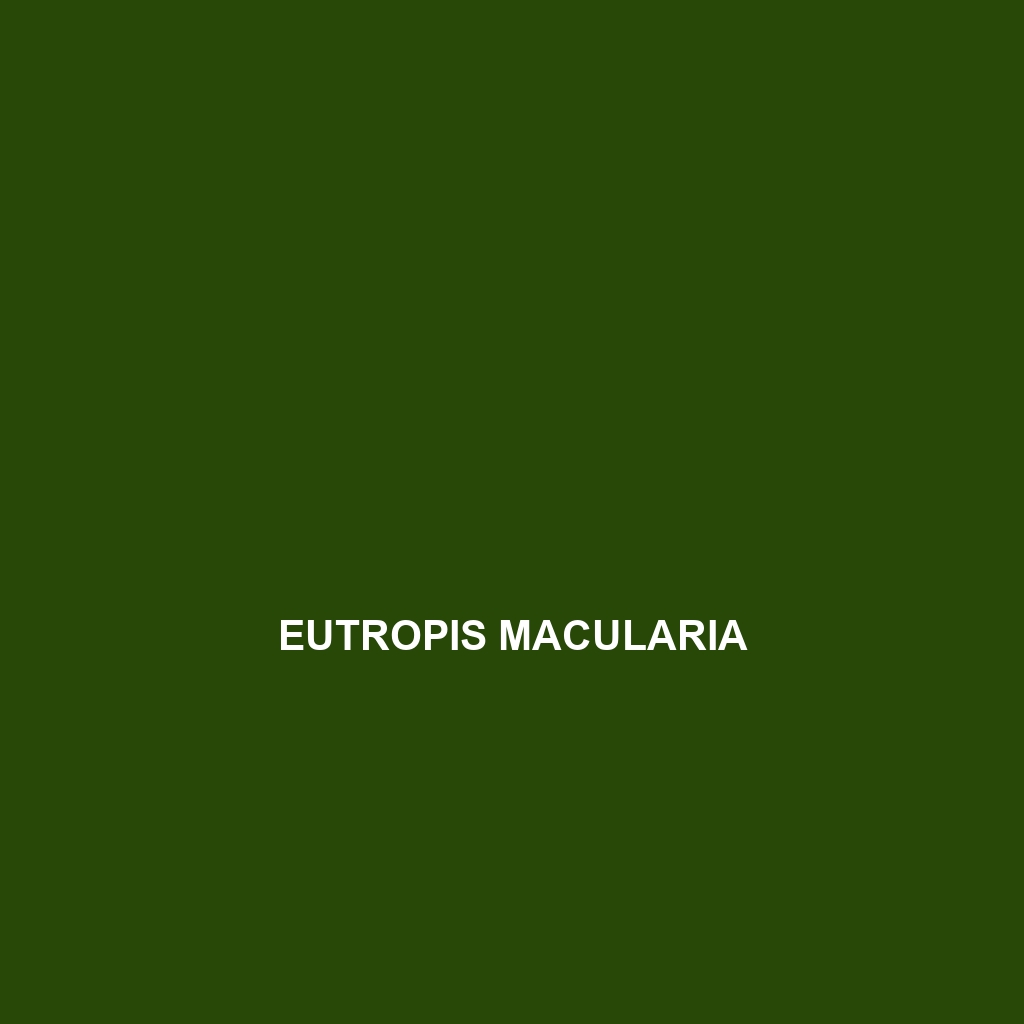Common Name
Eutropis macularia
Scientific Name
Eutropis macularia
Habitat
Eutropis macularia, commonly known as the spotted skink, is primarily found in tropical and subtropical regions of South Asia. Its natural habitats include rainforests, dry savannas, and temperate forests. The species thrives in humid conditions and is typically observed in areas with dense ground cover like leaf litter, shrubs, and low vegetation, which provide both camouflage and protection from predators. They are also occasionally found in human-altered landscapes, demonstrating adaptability to various anthropogenic changes.
Physical Characteristics
The Eutropis macularia is a small to medium-sized lizard, measuring about 10 to 15 centimeters in length. This species is distinguished by its elongated body and vibrant coloration, featuring a series of distinctive spots along its dorsal side, which can range from black to brown tones, making it a visually striking member of the lizard family. Each individual may exhibit variations in color and pattern, contributing to its unique identification. The lizard has smooth, shiny scales that give it a glossy appearance, and a slender tail that can regenerate if lost, which is a common survival tactic among reptiles.
Behavior
Diet
Eutropis macularia is categorized as an insectivore, primarily feeding on a variety of insects, including ants, beetles, and grasshoppers. They have a quick, agile hunting style that aids in capturing fast-moving prey. The diet is supplemented with small invertebrates, providing essential nutrients for growth and energy. In some instances, this skink may also consume plant matter, making it somewhat of an omnivore in its feeding habits.
Reproduction
The reproductive cycle of Eutropis macularia typically aligns with the rainy season when food availability is high. Breeding generally occurs during the warmer months, with males performing elaborate courtship displays to attract females. After successful mating, females lay small clutches of 2 to 6 eggs in sandy or loose substrate that maintains moisture levels and provides suitable incubation conditions. The incubation period lasts about 6 to 8 weeks, after which hatchlings emerge fully formed and are independent from birth. Parental care is minimal; thus, the survival of offspring relies heavily on their ability to adapt to their environment quickly.
Conservation Status
The conservation status of Eutropis macularia is currently categorized as Least Concern by the IUCN Red List. However, habitat loss due to deforestation and urban development poses significant threats to this species. Conservation efforts are in place in some regions aimed at preserving natural habitats and promoting awareness regarding the ecological importance of skinks and similar reptiles. Continued monitoring and studies on their populations remain crucial to mitigate potential future threats.
Interesting Facts
One fascinating aspect of Eutropis macularia is its ability to regenerate its tail after losing it as a defense mechanism. This adaptation not only aids in predator evasion but may also play a role in confusing predators, as the lizard can escape while the detached tail continues to move. Additionally, their vibrant coloration offers insight into their health and genetic fitness, with brighter individuals often indicating better overall vitality.
Role in Ecosystem
Eutropis macularia plays a valuable role in its ecosystem as both a predator and prey. By controlling insect populations, it helps maintain ecological balance within its habitat. Furthermore, as a food source for birds, snakes, and other larger predators, the skink is integral to the food web. Its presence indicates a healthy, functioning ecosystem, with these lizards contributing to biodiversity and ecological resilience. As such, the conservation of Eutropis macularia indirectly promotes the overall health and stability of the ecosystems in which they reside.
